Resin vs ceramic is a common debate when choosing materials for art, decor, or functional projects. Both offer unique benefits, but understanding their differences can help you pick the right one for your needs.
Resin is lightweight, flexible, and easy to customize, while ceramic is known for its durability and classic appeal. Each material suits different styles and uses, so knowing their strengths is key.
In this guide, we’ll explore the properties, design options, and practical applications of resin and ceramic to help you decide which works best for your project.
Ready to start crafting? Grab our all-in-one Resin Starter Kit and get everything you need to begin your resin journey.
Resin vs Ceramic: Material Properties And Durability

Both resin and ceramic have distinct physical properties that affect their performance in different applications.
Ceramic materials gain their strength through high-temperature firing, while resin products offer flexibility and impact resistance through their polymer structure.
Strength And Impact Resistance
Ceramic materials are hard and rigid after firing. While glazed ceramics can handle moderate impacts, they often crack or break under sudden force. Porcelain and stoneware are especially fragile, so a dropped ceramic vase will likely shatter. This brittleness makes ceramics less ideal for busy homes or high-traffic areas.
Resin products, on the other hand, are flexible polymers that absorb shocks without breaking. They’re perfect for outdoor use and active households. When dropped, resin items usually bounce instead of breaking, allowing for thinner, more detailed designs without losing durability.
Key differences:
- Ceramic: Hard but brittle, prone to complete breakage
- Resin: Flexible and shock-absorbing, resists cracking
Heat Resistance And Longevity
Ceramics are excellent at resisting heat because they’re fired at very high temperatures. Most can handle up to 2,000°F, making them ideal for cookware, candle holders, and heat-exposed items. Glazed ceramics also resist UV damage and keep their look for decades.
Resin, however, tolerates heat up to about 200°F and can fade or warp with prolonged sun exposure. High-quality resins often include UV stabilizers to last longer outdoors. With proper care, indoor resin items can still last many years.
Temperature limits:
- Ceramic: Up to 2,000°F, excellent UV resistance
- Resin: Up to 200°F, may fade with sun exposure
Weight And Flexibility
Ceramic items are much heavier because of their dense, fired clay. A ceramic vase can weigh two to three times more than a similar resin piece. This weight adds stability but limits where you can place or hang them, requiring strong mounting hardware for walls.
Resin products are lightweight and easy to move or hang. Their lightness makes them ideal for hanging planters, wall art, or temporary decor. Resin’s flexibility also allows for intricate shapes and details that ceramics can’t achieve.
Physical characteristics:
- Ceramic: Heavy, stable, requires strong mounting
- Resin: Lightweight, flexible, easy to relocate
Need quick results? Check out our Fast Drying Epoxy for projects that don’t keep you waiting.
Aesthetic And Design Considerations

The look and feel of your finished project depends heavily on the visual qualities each material offers. Resin provides modern flexibility while ceramic delivers classic elegance through traditional craftsmanship.
Surface Finish And Texture Options
Ceramic finishes offer reliable options like matte, satin, or glossy surfaces. Porcelain has a smooth, refined texture ideal for formal spaces. Glazed ceramics are water-resistant, while unglazed ones show a natural, rough clay texture.
Resin can mimic almost any texture, including wood, stone, or metal. It provides smooth, seamless finishes without joints and can be polished shiny or left matte. You can also add texture during molding for raised patterns or designs.
Color And Customization Possibilities
Ceramic colors come from glazes applied before firing, giving consistent, fade-resistant finishes. Traditional colors include earth tones, blues, and whites. Porcelain can achieve pure whites and deep hues, while hand-painted ceramics offer unique, one-of-a-kind designs.
Resin offers more color options, with pigments mixed directly into the material for solid, scratch-resistant colors. You can create transparent, translucent, or opaque effects, swirl multiple colors for marble patterns, and add metallic powders for shimmer.
Common Uses And Cost Comparison

Both resin and ceramic materials serve different purposes across various projects, with ceramic basins dominating traditional bathroom installations while resin offers versatility in specialized applications.
Price differences between these materials can significantly impact your project budget and long-term value.
|
Feature |
Ceramic |
Resin |
|
Common Uses |
Traditional craft items like pottery, vases, tiles, and decorative sculptures. Best for projects needing a classic, durable finish. |
Ideal for custom, detailed crafts like jewelry, figurines, molds, and mixed media art. Great for vibrant colors and unique designs. |
|
Cleaning & Maintenance |
Easy to clean but fragile; chips and cracks can occur during handling or use. |
Easy to clean and highly durable; resists impact and wear better than ceramic. |
|
Initial Cost |
Generally lower cost due to mass production and traditional materials. |
Higher cost due to specialized materials and customization options. |
|
Durability & Longevity |
Strong but brittle; prone to cracking under stress or impact. |
Flexible and impact-resistant; less likely to break or chip. |
|
Repair & Replacement |
Difficult to repair once damaged; often requires remaking the piece. |
Repairs easier and more forgiving; durable enough to last longer. |
|
Weight & Handling |
Heavier and more fragile; requires careful handling during crafting and transport. |
Lightweight and easier to handle, especially for intricate or delicate pieces. |
|
Best For |
Classic, sturdy craft projects with traditional aesthetics. |
Innovative, colorful, and detailed crafts needing flexibility and durability. |
Upgrade your workspace with precision tools from the Resiners Machine Collection for flawless resin creations.
Conclusion: Resin vs Ceramic
Choosing between resin and ceramic depends on your project needs. Ceramic offers a timeless look and budget-friendly option, while resin provides durability, flexibility, and vibrant customization. Both materials have unique strengths, so consider what matters most—style, strength, or longevity.
Resin’s lightweight and impact resistance make it ideal for modern, high-traffic, or custom designs. Ceramic suits traditional crafts and settings where classic appeal is key.
Want to learn more about resin’s strength? Check out our article: How Strong Is Epoxy Resin.
Frequently Asked Questions: Resin vs Ceramic
Is Ceramic or Resin Better for Your Project?
Neither is always better; it depends on your project. Ceramic offers a classic look at a lower upfront cost. Resin is stronger, more durable, and allows for custom colors.
Ceramic vs. Resin Sinks: Which is Better?
Resin sinks resist chips and cracks better than ceramic. They also offer more color options and design flexibility. Ceramic sinks can stain and often need more frequent cleaning.
Is Resin Lighter Than Ceramic?
Yes, resin is much lighter and easier to install.It requires less support, which can save on installation costs. Ceramic is heavier, often needing stronger mounts and costing more to ship.
How Durable is Resin?
High-quality resin is highly durable and impact-resistant.It often comes with warranties lasting 10 or more years. Resin generally holds up better outdoors and in high-traffic areas compared to ceramic.

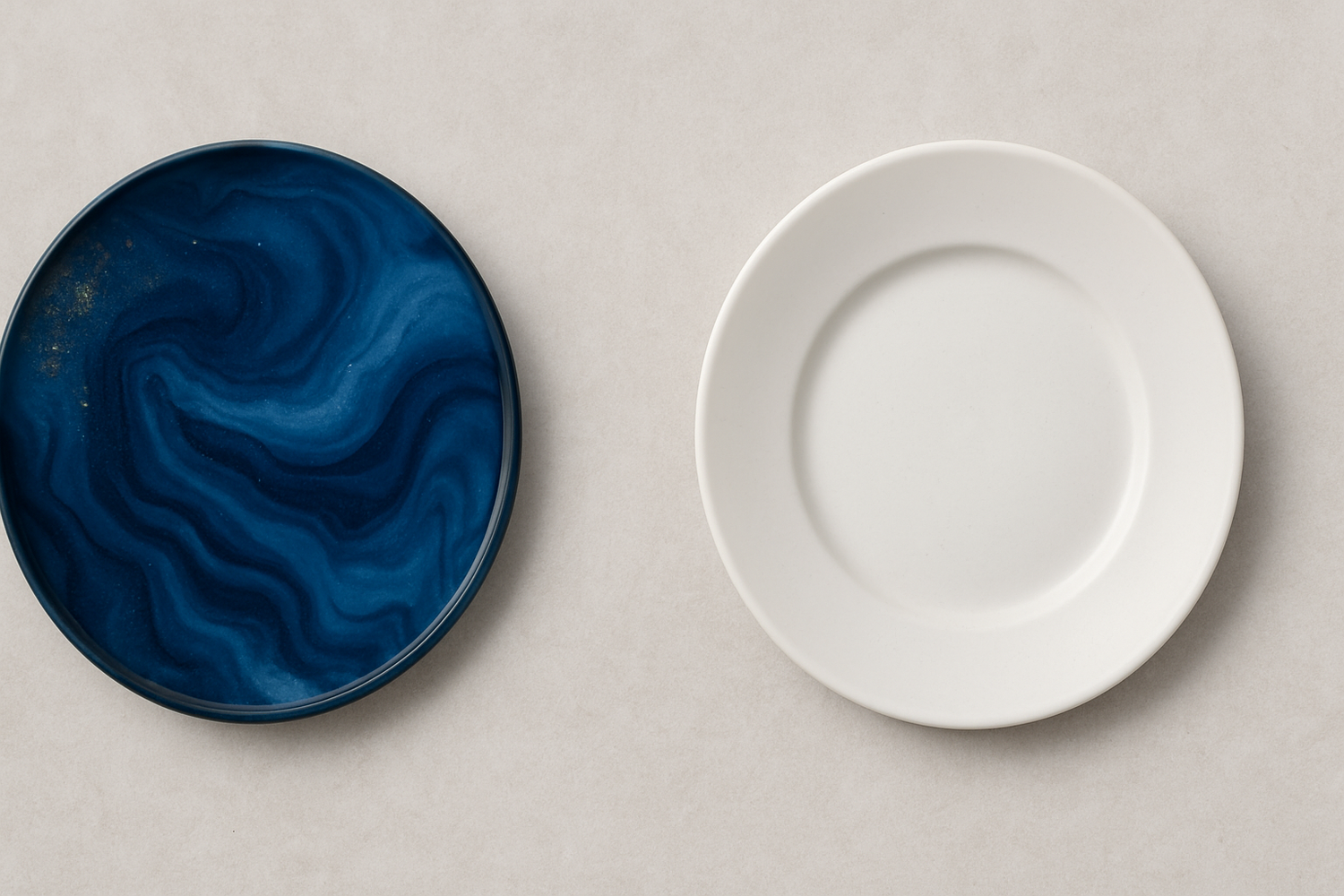
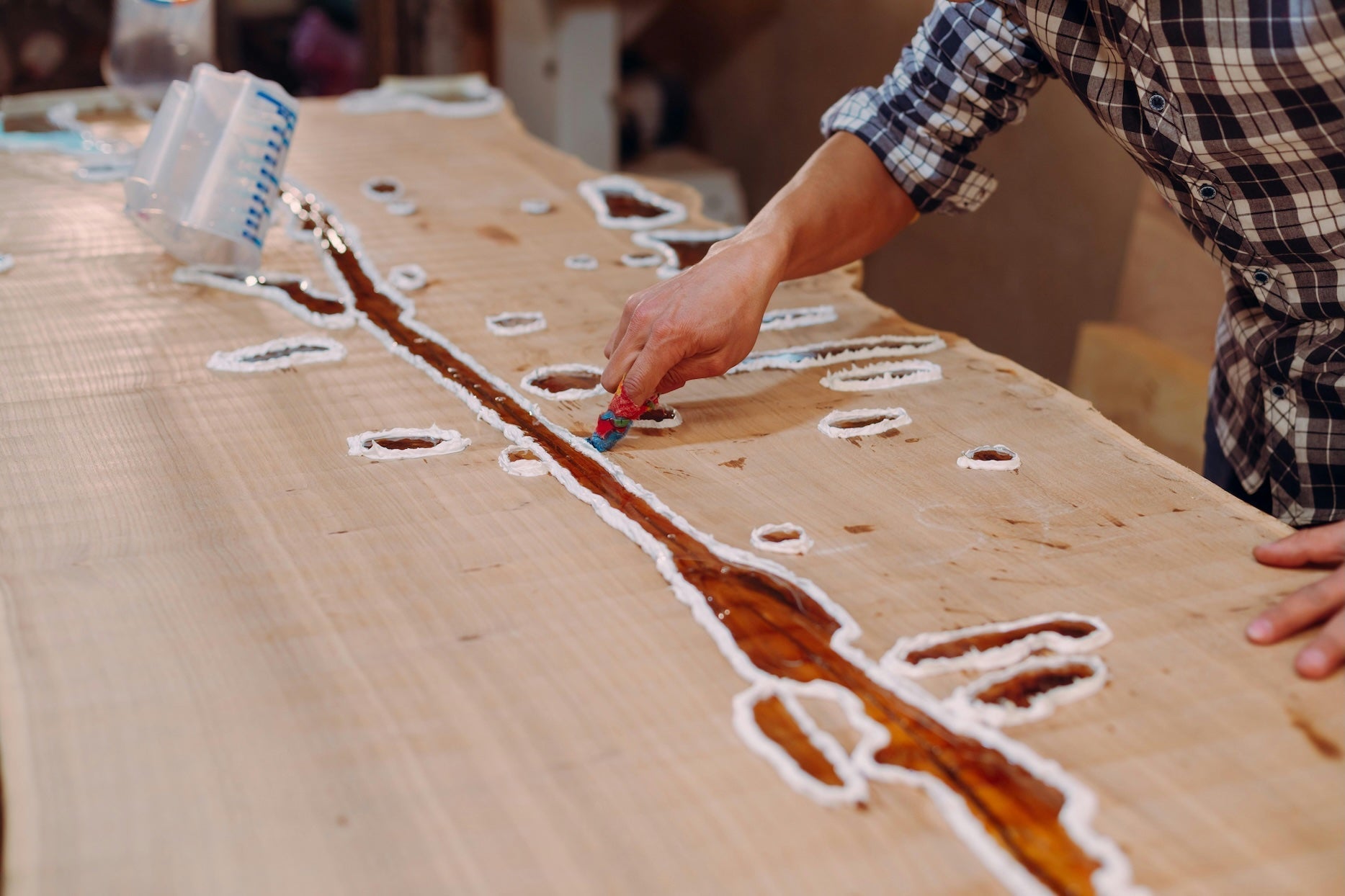
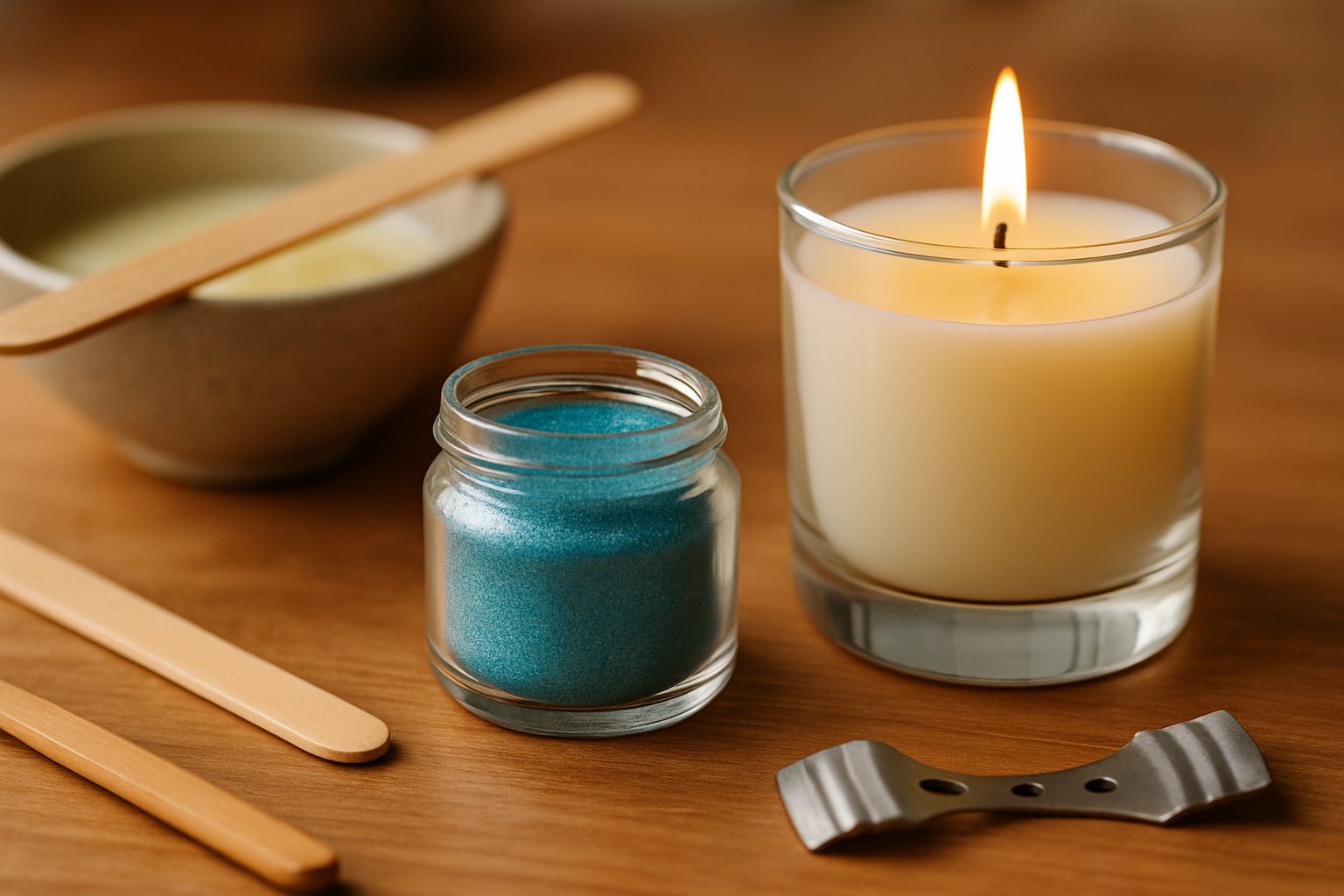
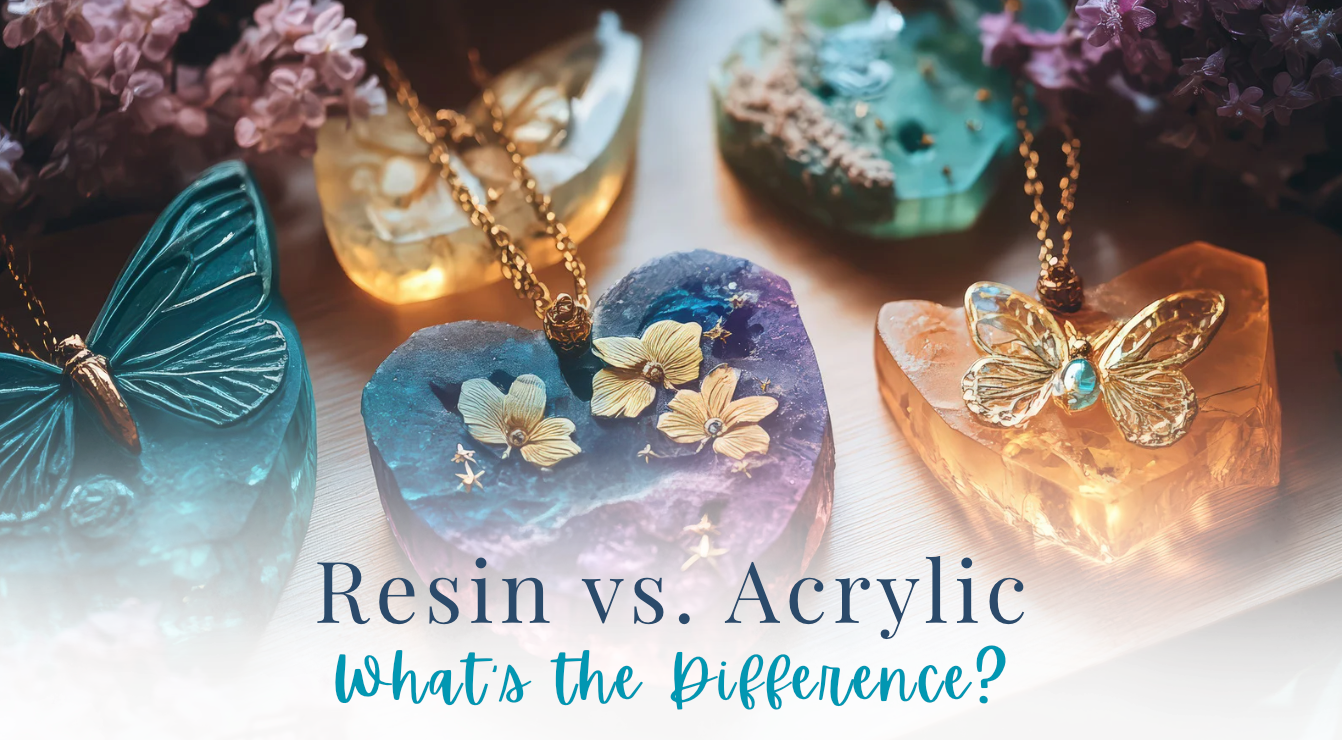
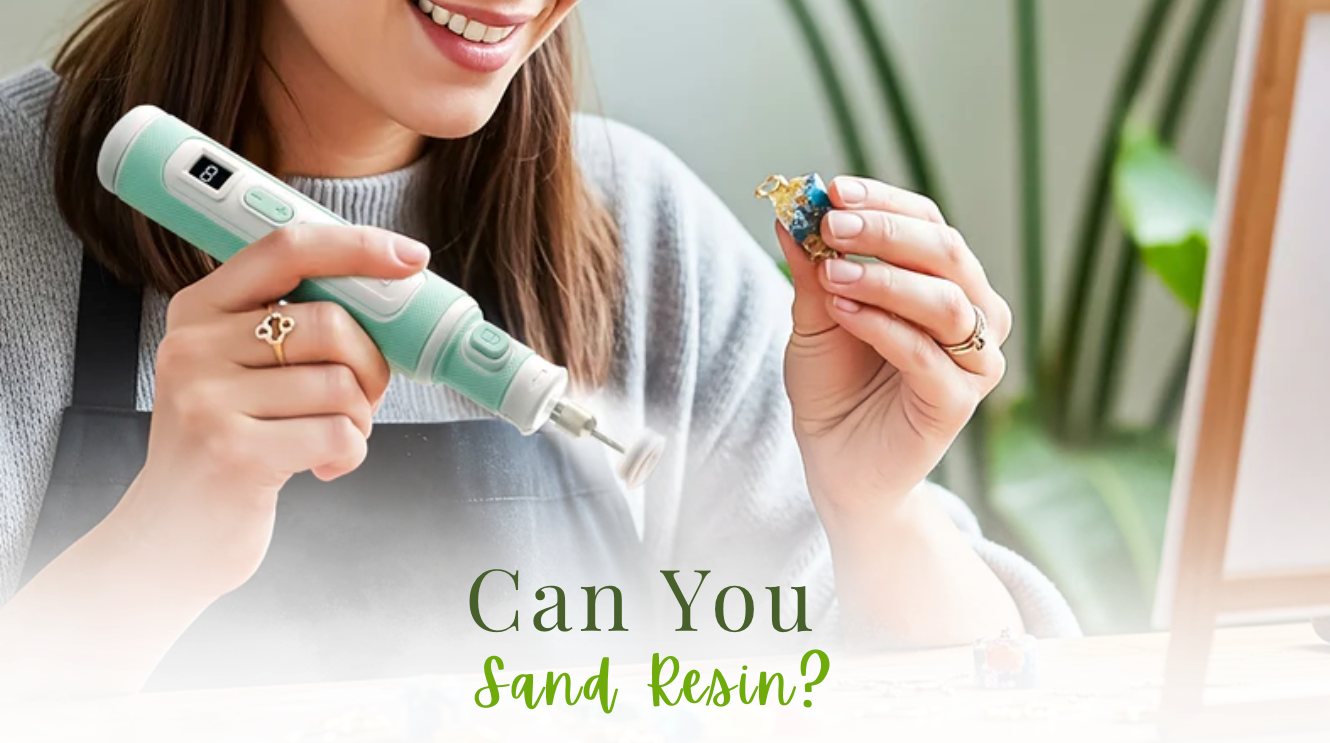
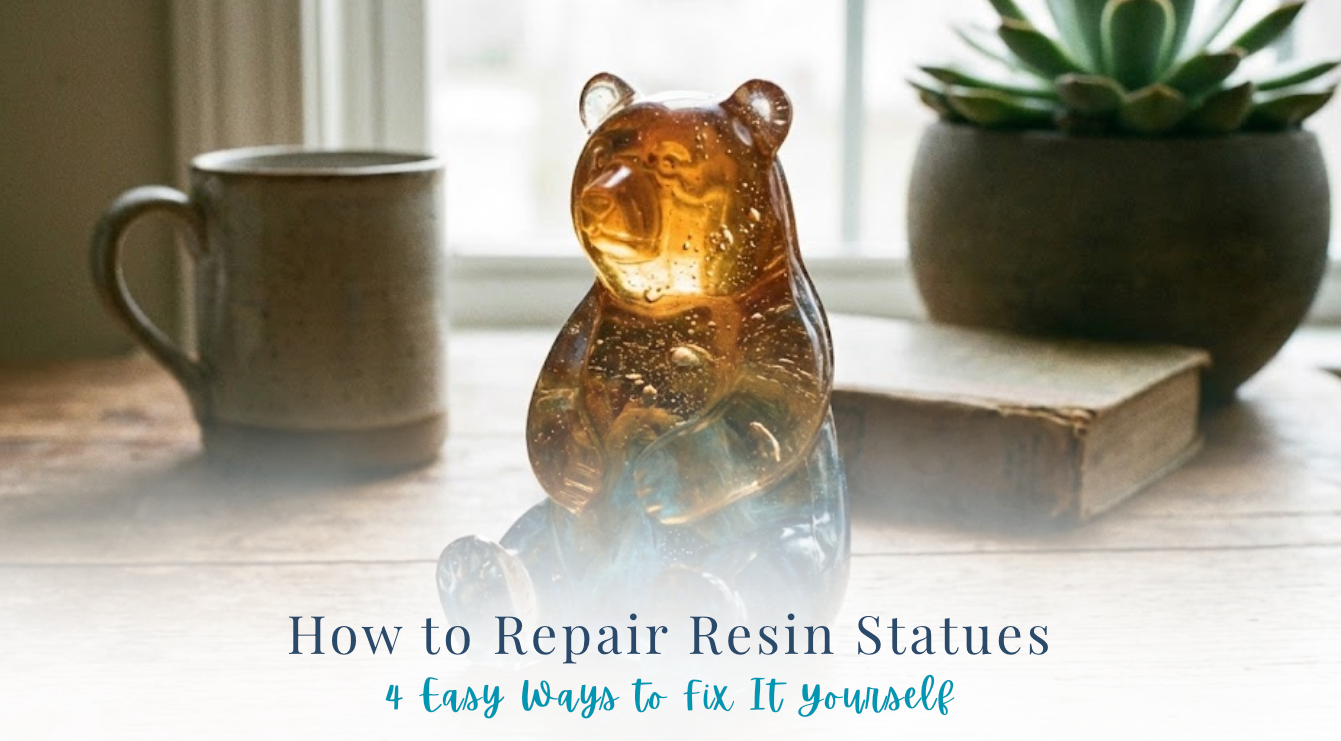

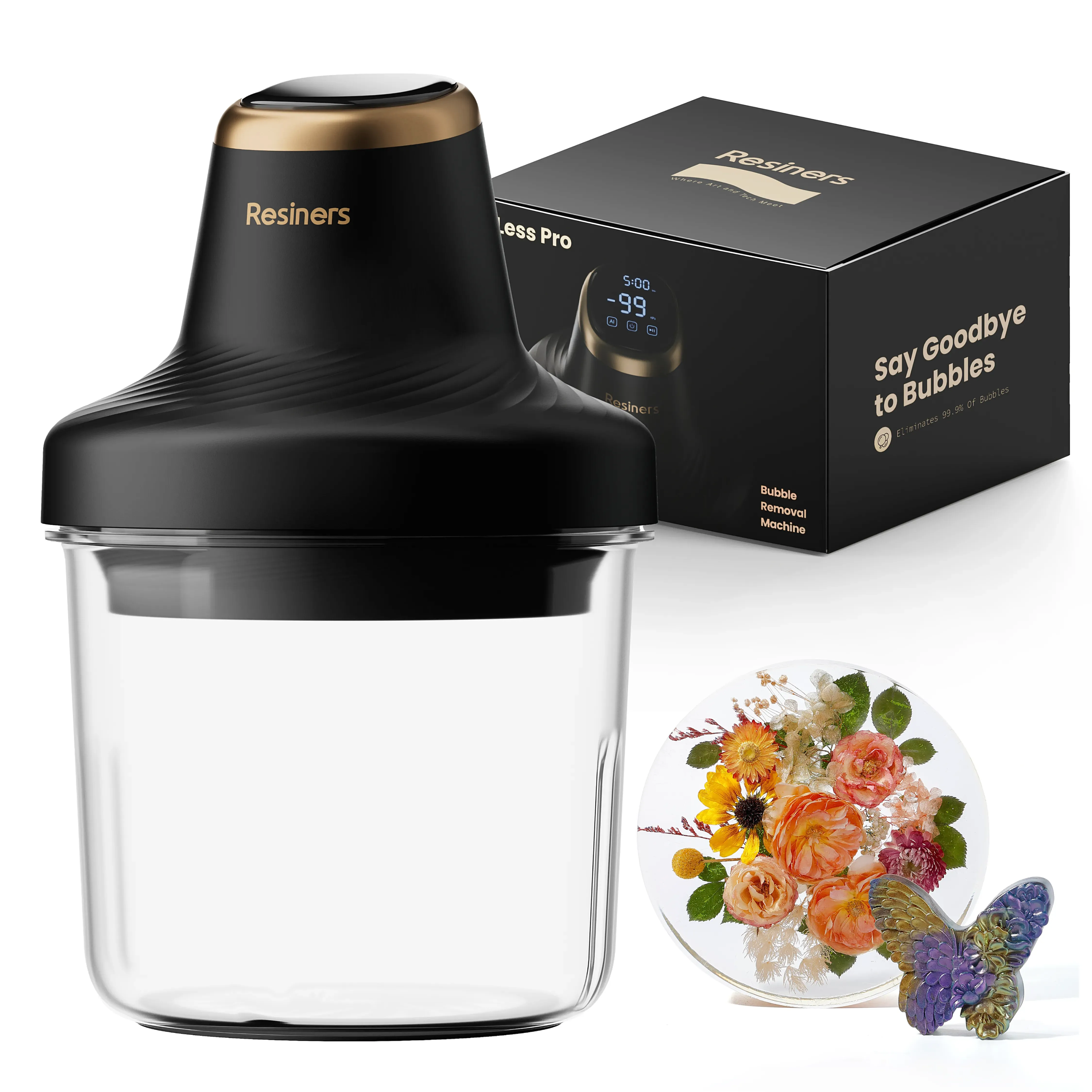


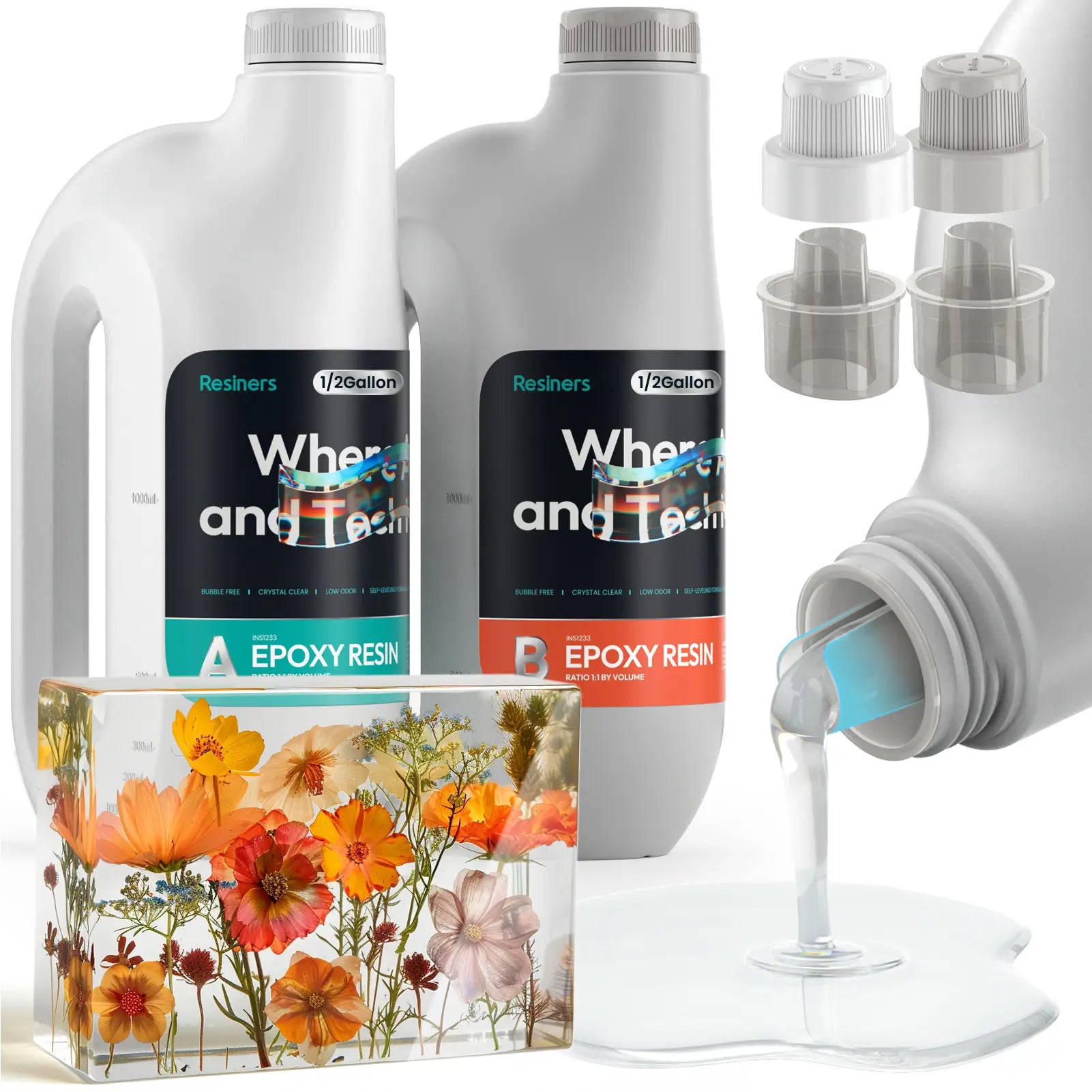
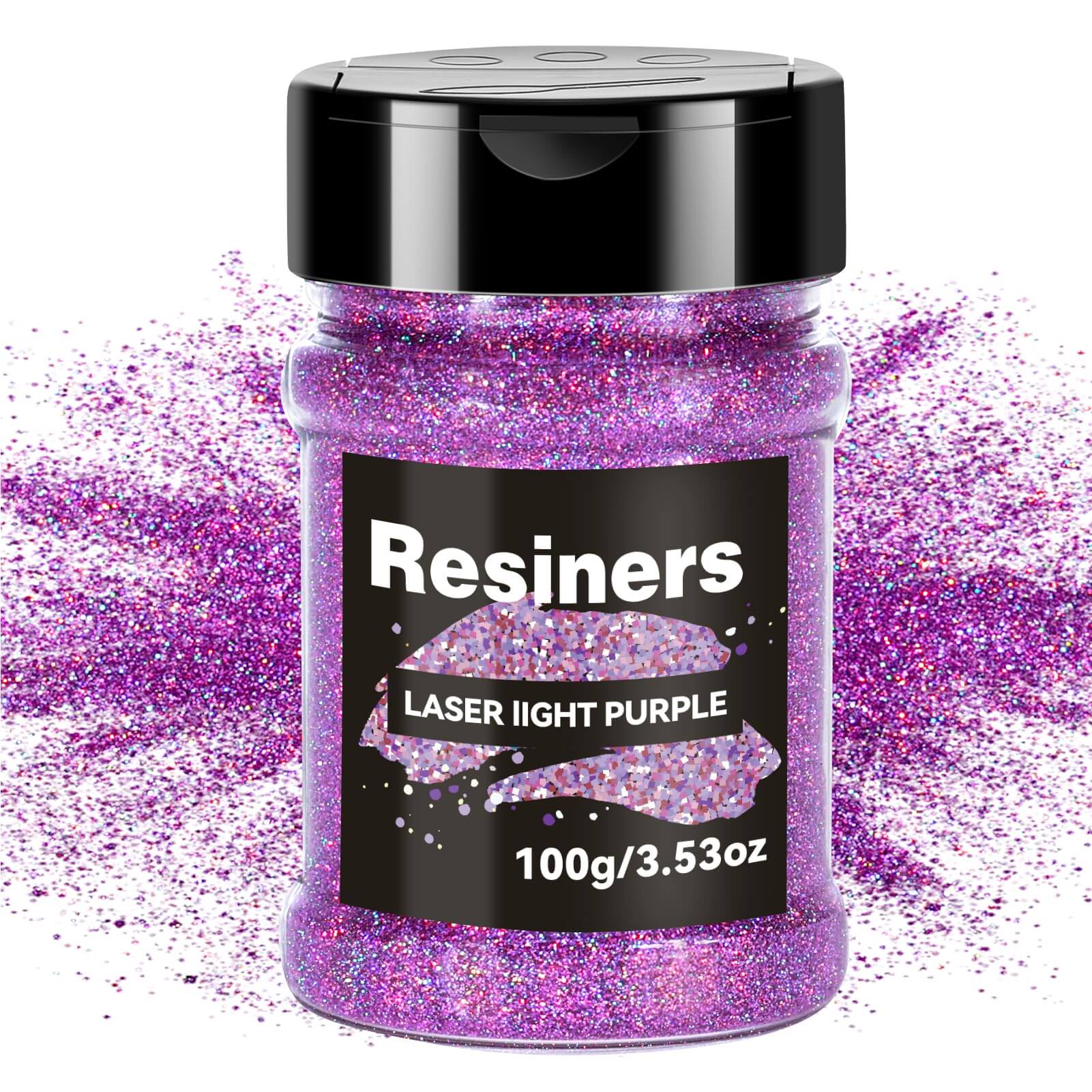
Deixar comentário
Este site é protegido por hCaptcha e a Política de privacidade e os Termos de serviço do hCaptcha se aplicam.